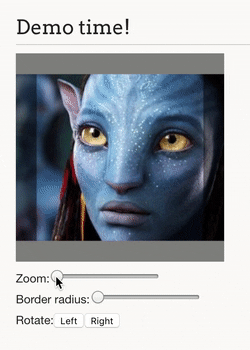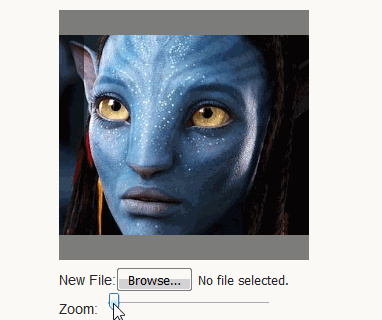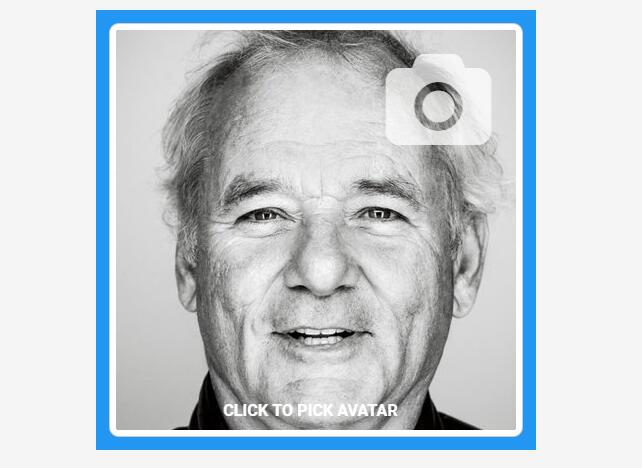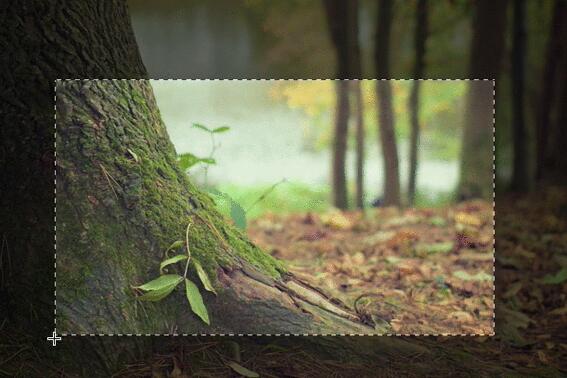react-avatar-editor
Facebook like, avatar / profile picture component. Resize, crop and rotate your uploaded image using a clear user interface.

Live Demo
https://react-avatar-editor.netlify.com/
Usage
import React from 'react'
import AvatarEditor from 'react-avatar-editor'
class MyEditor extends React.Component {
render () {
return (
<AvatarEditor
image="http://example.com/initialimage.jpg"
width={250}
height={250}
border={50}
color={[255, 255, 255, 0.6]} // RGBA
scale={1.2}
rotate={0}
/>
)
}
}
export default MyEditor
Props
| Prop | Type | Description |
|---|---|---|
| image | String|File | The URL of the image to use, or a File (e.g. from a file input). |
| width | Number | The total width of the editor. |
| height | Number | The total height of the editor. |
| border | Number|Number[] | The cropping border. Image will be visible through the border, but cut off in the resulting image. Treated as horizontal and vertical borders when passed an array. |
| borderRadius | Number | The cropping area border radius. |
| color | Number[] | The color of the cropping border, in the form: [red (0-255), green (0-255), blue (0-255), alpha (0.0-1.0)]. |
| style | Object | Styles for the canvas element. |
| scale | Number | The scale of the image. You can use this to add your own resizing slider. |
| position | Object | The x and y co-ordinates (in the range 0 to 1) of the center of the cropping area of the image. Note that if you set this prop, you will need to keep it up to date via onPositionChange in order for panning to continue working. |
| rotate | Number | The rotation degree of the image. You can use this to rotate image (e.g 90, 270 degrees). |
| crossOrigin | String | The value to use for the crossOrigin property of the image, if loaded from a non-data URL. Valid values are "anonymous" and "use-credentials". See this page for more information. |
| disableDrop | Boolean | Disables drop handling behavior (defaults to false) |
| onDropFile(event) | function | Invoked when user drops a file (or more) onto the canvas. Does not perform any further check. |
| onLoadFailure(event) | function | Invoked when an image (whether passed by props or dropped) load fails. |
| onLoadSuccess(imgInfo) | function | Invoked when an image (whether passed by props or dropped) load succeeds. |
| onImageReady(event) | function | Invoked when the image is painted on the canvas the first time. |
| onMouseUp() | function | Invoked when the user releases their mouse button after interacting with the editor. |
| onMouseMove(event) | function | Invoked when the user hold and moving the image. |
| onImageChange() | function | Invoked when the user changed the image. Not invoked on the first render, and invoked multiple times during drag, etc. |
| onPositionChange() | function | Invoked when the user pans the editor to change the selected area of the image. Passed a position object in the form { x: 0.5, y: 0.5 } where x and y are the relative x and y coordinates of the center of the selected area. |
Accessing the resulting image
The resulting image will have the same resolution as the original image, regardless of the editor's size.
If you want the image sized in the dimensions of the canvas you can use getImageScaledToCanvas.
import React from 'react'
import AvatarEditor from 'react-avatar-editor'
const MyEditor extends React.Component {
onClickSave = () => {
if (this.editor) {
// This returns a HTMLCanvasElement, it can be made into a data URL or a blob,
// drawn on another canvas, or added to the DOM.
const canvas = this.editor.getImage()
// If you want the image resized to the canvas size (also a HTMLCanvasElement)
const canvasScaled = this.editor.getImageScaledToCanvas()
}
}
setEditorRef = (editor) => this.editor = editor
render () {
return (
<AvatarEditor
ref={this.setEditorRef}
image="http://example.com/initialimage.jpg"
width={250}
height={250}
border={50}
scale={1.2}
/>
)
}
}
export default MyEditor
Accessing the cropping rectangle
Sometimes you will need to get the cropping rectangle (the coordinates of the area of the image to keep),
for example in case you intend to perform the actual cropping server-side.
getCroppingRect() returns an object with four properties: x, y, width and height;
all relative to the image size (that is, comprised between 0 and 1). It is a method of AvatarEditor elements,
like getImage().


